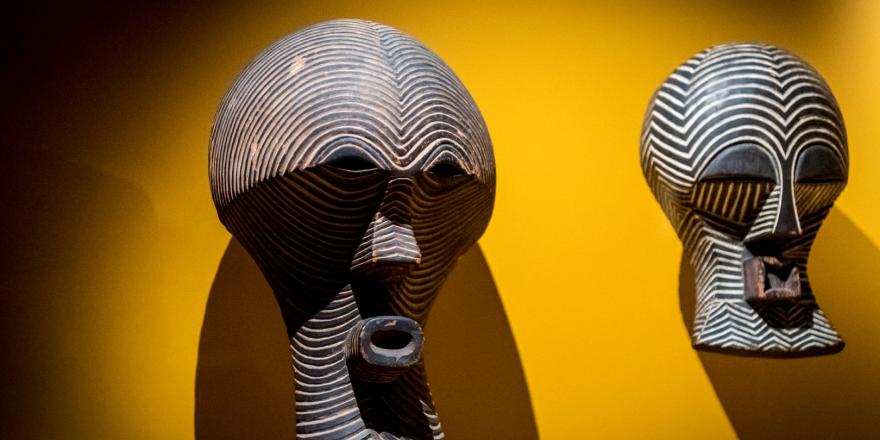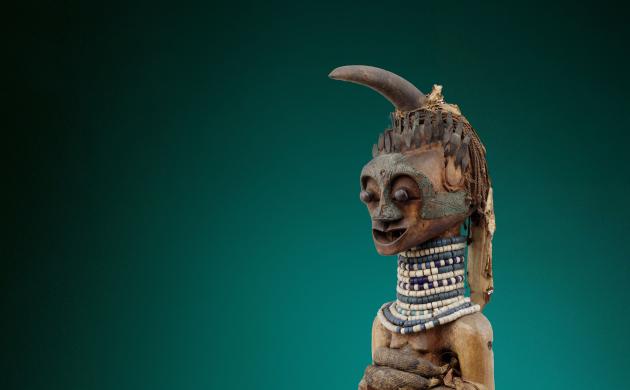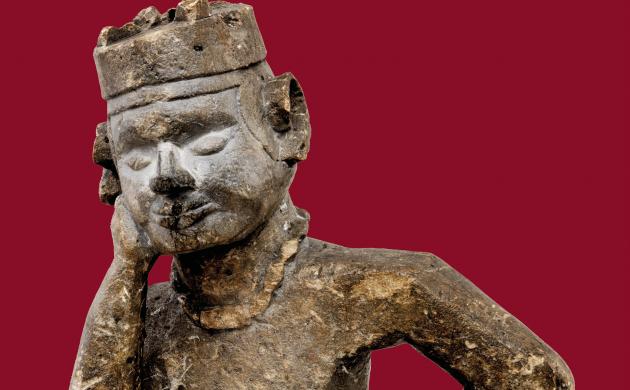Ode to Nkolomonyi
This video is an excerpt from the performance 'Nkishi a Nkolomonyi. Une prosopopée ancestrale' by Rita Mukebo and Lambic Meli. Production: Waza Arts Center, Lubumbashi, with support from the MAS, 2023.
Thoughts on the future and destiny
With Yves Kibi Puati Nelen, Bren Heymans, Willy Musitu Lufungula, Judith Elseviers. Produced by Keen on behalf of the MAS, 2024.
More information
- About the temporary MAS exhibition “100 x Congo” (2020-2021): https://mas.be/en/content/100-x-congo
- About the Restitution Belgium working group: https://restitutionbelgium.be
Do you have any questions about the Congo MAS provenance study project or would you like to respond?
Send an email to mas@antwerpen.be






